
In his seminal 2006 TED Talk, subsequently viewed on the TED website over 30 million times, Sir Ken Robinson said:
“If you think of it, children starting school this year will be retiring in 2065. Nobody has a clue … what the world will look like in five years’ time. And yet we’re meant to be educating them for it. So the unpredictability, I think, is extraordinary.” (Robinson 2006)
This provocative statement, now a decade old, still concisely captures the urgent demand for a shift in teaching and learning. In recent years this demand has led educators to become cognisant of the implications of teaching children in an increasingly technologically complex and rapidly globalising world (Walker 2011). We are all challenged by an exponentially growing universe of knowledge to pack all of the “essential content” that will empower students in their professional and intellectual lives, into the days and years of their school education. This is surely an “escapable dilemma… that students, by definition, are ill-equipped at the end of their tutelage” (Wiggins 1989, p.45) by virtue of the fact that schools cannot teach all that is important to know.

21st century skilled students “adapt and contribute to organizations, products, and processes with the communication, problem-solving, and critical thinking skills that enable them to customize their work and respond to organizational expectations”
The term 21st century skills is frequently used in the literature, and more broadly in society by parties with vested interests, such as elected leaders (Kay 2010, p.xix ), to encapsulate this movement for change. The process of attempting to predict which skills will be salient to students in their future lives “is not being trendy; it is a necessity” (Brandt 2010, p.x), because without a process of educational revival our schools are simply preparing students for the needs of societies long past.
If it is accepted that our students are being schooled in a time of unprecedented change and that the occupations for which our education system is preparing them haven’t actually been created yet, then we quickly conclude that changes to education are needed, because “without 21st century skills, people are relegated to low-wage, low-skill jobs” without “the ticket to moving up the economic ladder” (Kay, 2010 p.xvii).
21st century learning encompasses not only what students learn but also how they learn. Education Week magazine posed the question ‘How do you define 21st-century learning?’ to a diverse panel. Of the responses, general trends that emerged include:
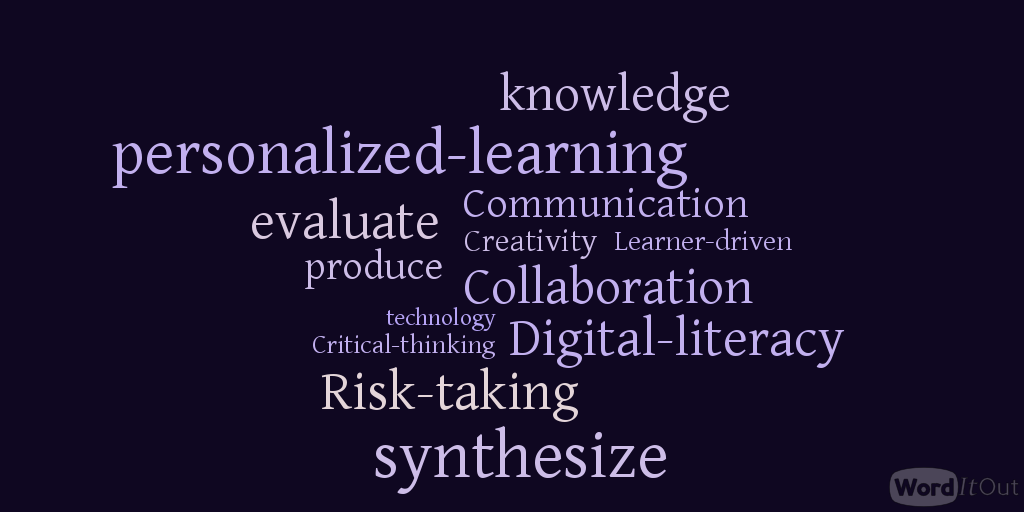
Collaboration, Creativity, Communication, Digital literacy, using technology to create personalised learning, risk-taking & fostering learning dispositions, emphasis on developing skills as well as knowledge of content, critical thinking, able to produce, synthesize and evaluate information, learner-driven education
Change has not easily been implemented, however, not least because 21st century skills have meant different things to different people. Indeed, Kay indicates that there is a danger that it “could mean anything” (2010). At the core of the idea of 21st century skills are students graduating from educational institutions who are able to “adapt and contribute to organizations, products, and processes with the communication, problem-solving, and critical thinking skills that enable them to customize their work and respond to organizational expectations” (Kozma, 2008).
If 21st century skills are what modern society hold important for students to flourish in the world, then it also holds that teaching these skills within authentic contexts has become the philosophical and pedagogical objective of the age. And yet change, on the whole, has been elusive.
One way to ensure that we are supporting students to “achieve the results that truly matter” (Kay, 2010 p.xiv) and prepare them to fulfil their roles and responsibilities in a globalised society (Wolff 2002) is to make changes to pedagogy and physical learning spaces. These two aspects should be constantly be reviewed and revisited and looked at with fresh eyes, through the lens of what we know 21st century learners need. Modern learning environments can play a vital role in the establishment of modern and forward-moving schools.
So what kinds of modern learning environments promote communicative, creative students? Do learning spaces have an influence in ensuring that students are driving their own educative experiences in digitally savvy, collaborative and solution-seeking ways? I believe that developing quality modern learning environments, perhaps through the use of a framework such as the ‘5 Essential Spaces’ offers a concise and accessible way of achieving 21st century learning outcomes for our 21st century students.
References:


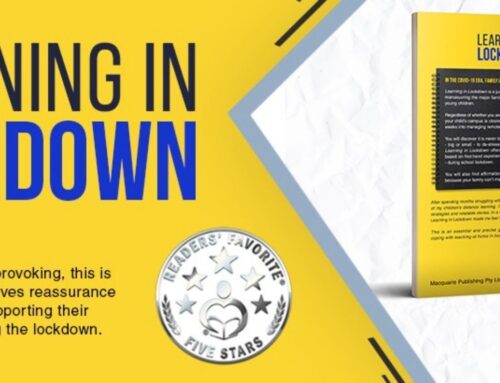
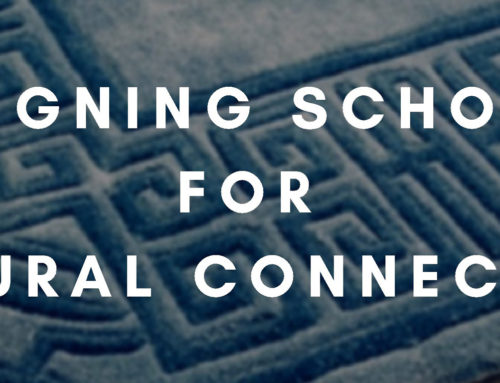
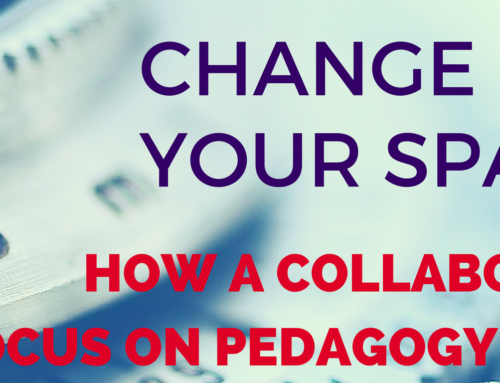
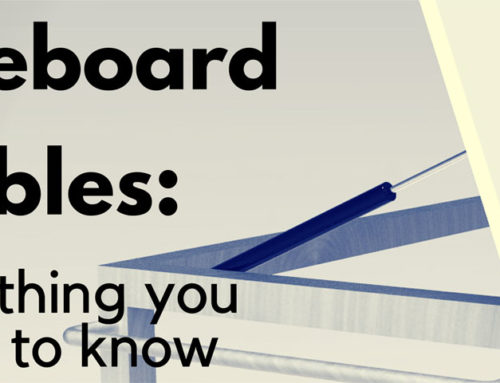

[…] workspaces is an example of how keen-eyed educators can find ways to promote learning by making judicious tweaks to their […]